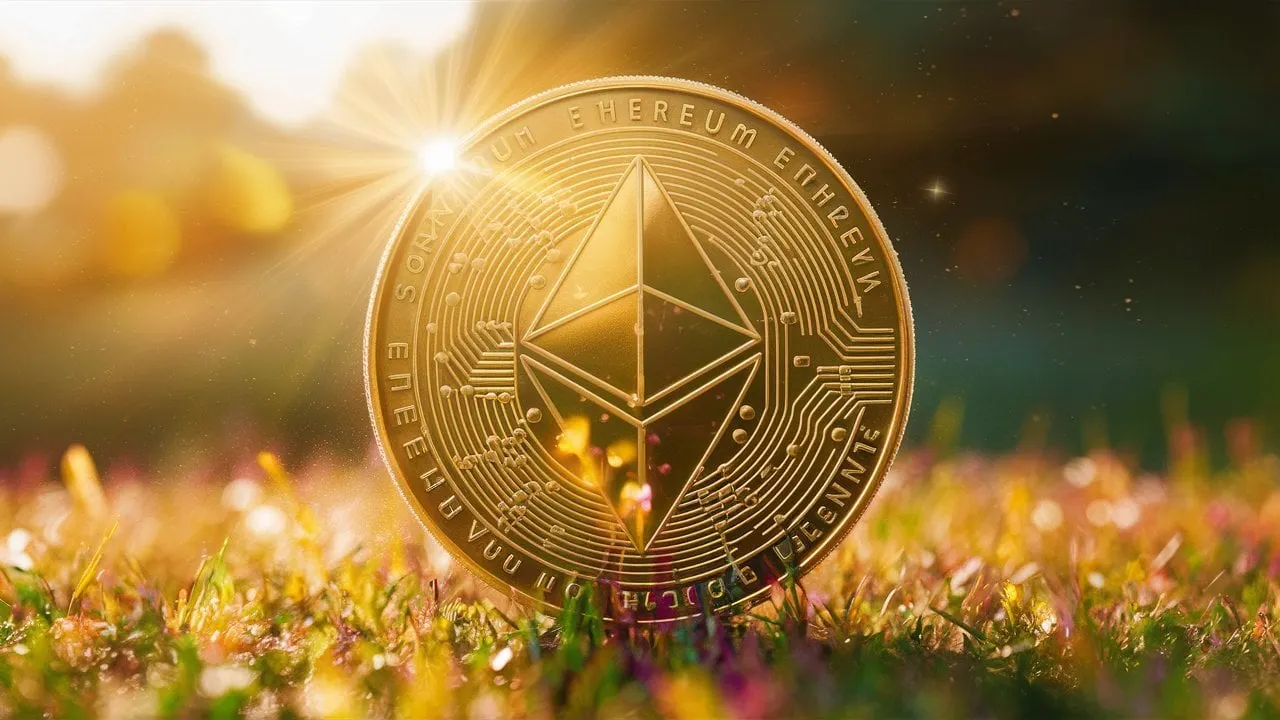Ethereum has gotten a celebratory boost in otherwise fallow markets after it was announced late yesterday the Securities and Exchange Commission has closed its "Ethereum 2.0" investigation, according to Consensys.
Consensys sued the SEC in April. In its complaint, the company said the SEC had been seeking "to regulate ETH as a security, even though ETH bears none of the attributes of a security—and even though the SEC has previously told the world that ETH is not a security, and not within the SEC’s statutory jurisdiction," the 34-page complaint reads.
It stemmed from news in March that the Ethereum Foundation was being investigated by an unnamed "state authority." But now, that investigation has been called off.
"This means that the SEC will not bring charges alleging that sales of ETH are securities transactions," the Ethereum software company wrote on Twitter last night.
At the time of writing, the Ethereum price is sitting just above $3,500 after having gained 3.1% in the past 24 hours. That puts the world's second-largest cryptocurrency by market cap 13.8% higher than it was a month ago, according to CoinGecko data.
Spot trading volume in the past 24 hours has reached $21 billion, according to CoinGecko. The only time ETH trading volume has been higher in the past month was on May 24, the day after the SEC approved Ethereum ETFs for trading.
It's not just ETH that has seen a bump.
Many of the coins closely tied to Ethereum, like liquid restaking protocol Lido DAO's governance token (LDO), decentralized domain name service Ethereum Name Service (ENS), and the fourth largest Ethereum DeFi protocol Maker (MKR) have all seen double-digit gains in the past day.
But the sunsetting of the SEC investigation isn't enough to undo damage to the rest of the industry, argued Coinbase Chief Legal Officer Paul Grewal on Twitter.
"But what about the ecosystem? What about the promotional statements? What about the efforts of others," he wrote. "How do you explain both this decision and the other projects maligned by the SEC’s broken Howey analysis?"
The SEC has been using its so-called Howey Test for years to determine whether an asset meets the definition of a security and therefore needs to be registered with the SEC. But that's drawn a ton of backlash from SEC Commission Hester Peirce, law professors, and lawmakers—all of whom argued it was an outdated and unfit test to apply to cryptocurrencies.
Things got even more daunting when SEC Chair Gary Gensler himself specifically flagged that proof of stake assets could qualify as securities under the Howey Test—right after the Ethereum merge.
That's why the subject of the SEC's investigation has been referred to as "Ethereum 2.0." Ethereum became a proof-of-stake network after the merge in September 2022, which saw it transition from proof of work, like Bitcoin, to proof of stake consensus mechanism.
Since then, there's been a running list of assets that have been named in lawsuits filed by the SEC accusing companies of trading in unregistered securities. Analysts have even suggested being a proof of work asset is what has kept some coins, like Litecoin (LTC) and Dogecoin (DOGE), out of the regulator's crosshairs.
In April 2023, the charges filed against Bittrex alleged that OMG Network (OMG), Dash (DASH), Monolith (TKN), Naga (NGC), Real Estate Protocol (IHT), and Algorand (ALGO) were all securities.
A few months later, the SEC said in its lawsuit against crypto exchange Coinbase that a handful of assets were unregistered securities, including: Binance’s BNB token, the exchange's now defunct stablecoin, BUSD, and 10 other tokens: Solana (SOL), Cardano (ADA), Polygon (MATIC), Filecoin (FIL), Cosmos Hub (ATOM), The Sandbox (SAND), Decentraland (MANA), Algorand (ALGO), Axie Infinity (AXS), and COTI (COTI).
The naming of coins in lawsuits—even before there had been a ruling on whether the allegations were true—was also enough for some of them to be delisted from crypto trading platforms.
Daily Debrief Newsletter
Start every day with the top news stories right now, plus original features, a podcast, videos and more.





